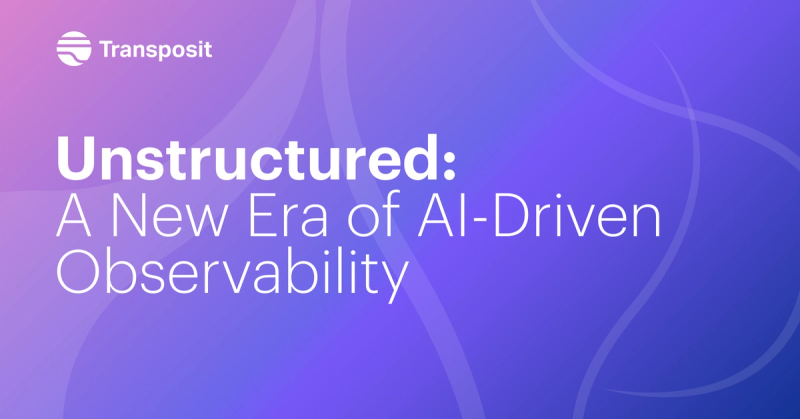Starting Transposit
The most vacuous thing you can tell someone about your company is that it’s a software company — every company is a software company. There are lots of ways that companies differentiate, but one of those ways is almost always in their applications.
We’ve known for a while that software is eating the world. The most vacuous thing you can tell someone about your company is that it’s a software company — every company is a software company. There are lots of ways that companies differentiate, but one of those ways is almost always in their applications. More developers are connecting more applications to more data for more users than ever before. We started Transposit for those developers.
Building Modern Applications
A little backstory…
As CTO at Delphix, I spent a lot of time working with customers who wanted to build applications more effectively. A key precept of DevOps is to have production-like environments early in the development process: it’s critical for rapid iteration. Delphix brings this to applications built on large relational databases. Over time I started to see more and more applications where Oracle or MS SQL was just one data connection among many. As datasets become specialized and fragmented, applications need more connections to do the same job. Richer datasets create the desire for richer applications, leading to still more connections. Data, connections, and features all add to the cost and complexity of building applications. Test data is important, but, as developers, there is a growing inefficiency in how we build applications.
My co-founder, Tina Huang, has been building applications for her whole career. From application frameworks at Apple, to Google News and Twitter, she’s been building applications that drive those modern, scale businesses. In her spare time she’d build applications for friends: connecting billing to Google calendar for a dog walker, workflow tools for local businesses, and, most recently, writing the initial backend for acclaimed startup Winnie (like Yelp for parents). I met Tina at Sutter Hill Ventures where she educated me about some of the ways that writing these applications are a huge pain in the ass. From the basics like connection, authentication, and error handling to later issues like caching, pagination, and scale, there’s a lot more effort expended dealing with data than there is innovating, expressing the core idea in code.
A Common Goal
As EIRs at Sutter Hill, Tina and I started working with CIOs to understand their urgent problems. For what needs in the market could we develop new technical solutions? Naturally each CIO had a different perspective, but we started hearing some common themes:
“Enterprise data is a mess.”
“Our applications are constantly delayed.”
“When we upgrade SAP, applications eventually break in subtle ways.”
As the ideas for Transposit were starting to converge, one CIO just nailed it for us:
“Agile and DevOps are great, but the software lifecycle slows way down once you involve data.”
This so precisely encapsulated what we had seen in our previous roles and heard from these other CIOs. Tina lived that development lifecycle firsthand, seeing the complexities of building data-fueled applications. I saw it with customers as they improved a critical piece of the lifecycle, but discovered new and growing obstacles. Both Tina and I love building for developers, and we love solving critical problems. Shortly after that last CIO conversation we started building Transposit.
Transposit
Our mission is to make applications simpler to build. Interesting applications require data. More data from more sources — spanning old/new, on-prem/cloud, etc — involves more overhead. Transposit seeks to eliminate the drudgery of working with data, to let developers focus on their core intent. Developers hate writing one-off solutions to the litany of issues that surround these data interactions. Solving these in a framework, building durable components is what fires us up. The full software lifecycle involves testing, deployment, monitoring, debugging, upgrade, and migration. Our goal is to create better facilities for all of these than would be economical for most development teams to build themselves.
Interested in joining us on this journey? The product is in limited beta, and we’re signing up development teams who are looking for a better way to build their applications. We’re a team of five so far, and hiring more developers. If you’re a potential early adopter, team-member, or just someone who wants to find out more, we’d love to hear from you: info@transposit.com




